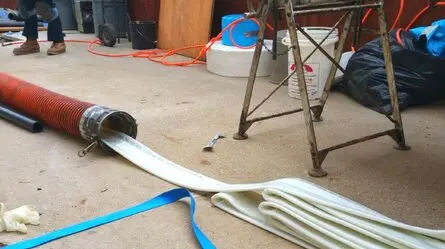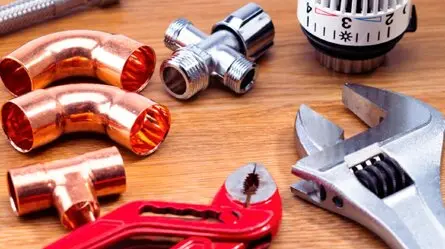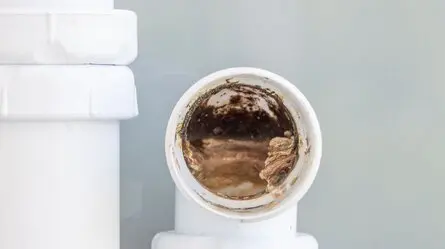Ever heard the telltale gurgle of a blocked drain? It can really throw off your morning. Despite plunging, snaking, or pouring chemicals, the blockage sticks around. Maybe it’s a mysterious leak haunting you, raising concerns about invisible damage or skyrocketing water bills. Typically, these plumbing woes mean loads of disruptive digging. Fortunately, there’s now a much tidier solution: pipe relining.
Pipe relining is a cutting-edge way to fix damaged pipes—think blocked drains, broken sewers, or leaky kitchen pipes—without tearing up your lawn or floors. Unlike the costly and disruptive traditional replacement methods, pipe relining is quicker and more economical. Curious about how this all works? Let’s delve into the intriguing process of pipe relining that can breathe new life into your plumbing system.
What is Pipe Relining?
Pipe relining, sometimes called pipe lining, is a trenchless technique for repairing underground pipes like sewers and broken kitchen lines. Traditional methods require lots of digging, leading to high costs and serious disruption. However, pipe relining is a faster and more affordable option, making it a convenient choice for many homeowners.
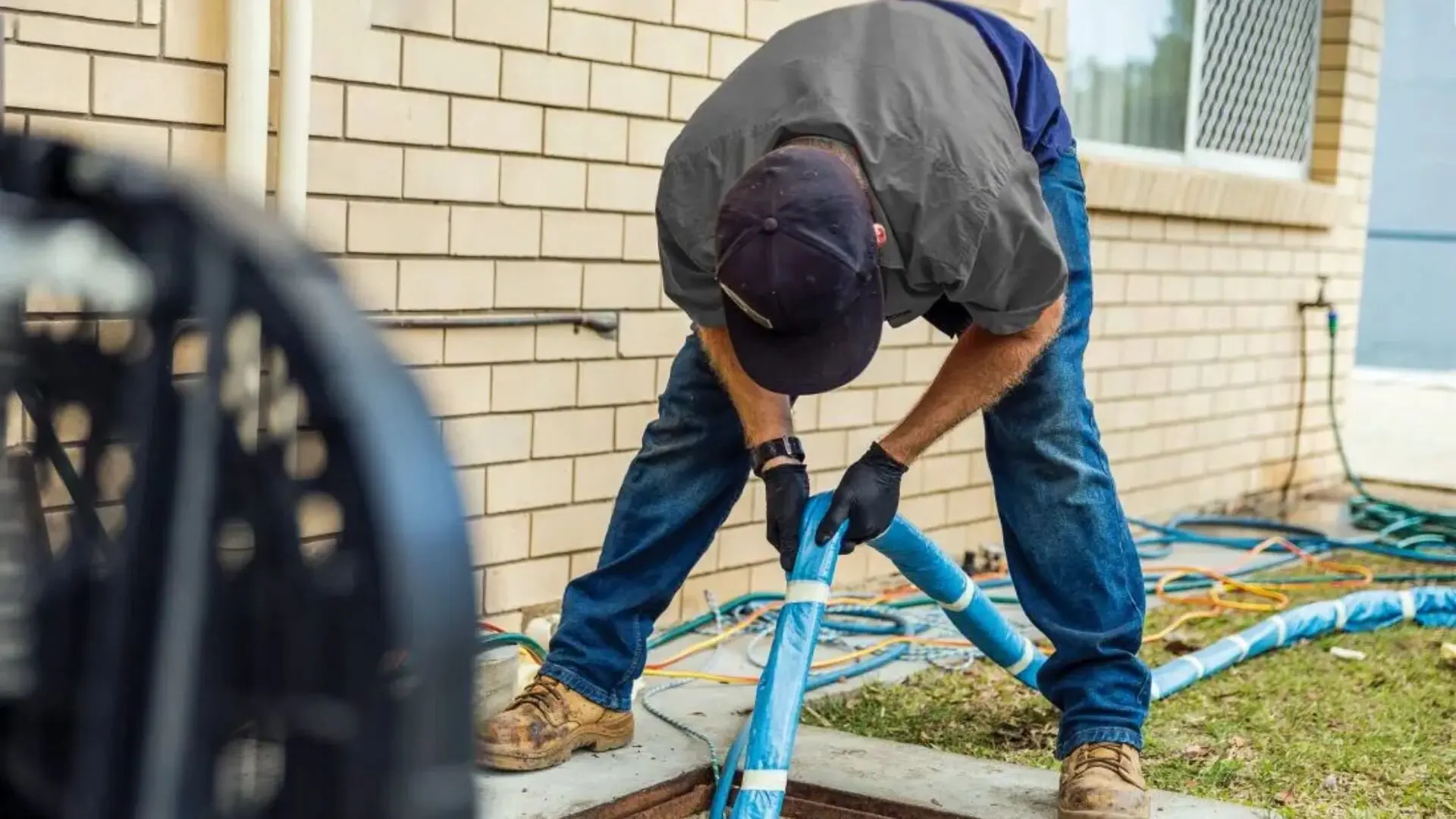
Traditional Pipe Repair vs. Pipe Relining
Traditionally, repairing damaged pipes meant digging up the surrounding area to access and replace the broken section. This traditional method comes with several drawbacks:
- Extensive Excavation: Large trenches need to be dug, causing significant disruption to your property and landscaping.
- High Costs: The labour and materials involved in traditional pipe replacement can be expensive.
- Major Disruption: Your normal routine can be significantly disrupted for the duration of the work.
The Pipe Relining Process
During the pipe relining process, a pipe relining specialist will use a CCTV camera to inspect the damaged pipe and identify the problem area. Depending on the type of damage, whether it’s blocked drains, broken pipes, or tree root intrusion, the specialist will choose the most suitable pipe relining service.
There are various pipe relining materials available, such as epoxy resin and cured-in-place liners (CIPP). The chosen lining material is inserted into the existing pipe through access points like inspection pits. In the case of CIPP lining, a two-part epoxy resin is used to saturate a felt tube, which is then inserted into the damaged pipe. Once inflated with very high pressure, the resin cures and forms a smooth, new pipe inside the original pipe.
Benefits of Pipe Relining
Pipe relining offers several advantages over traditional methods:
- Trenchless Repair: Minimal digging is required, minimising mess and disruption to your property.
- Cost-Effective: Pipe relining costs are generally lower than traditional pipe replacement.
- Faster Turnaround: The relining process can be completed in a shorter timeframe compared to traditional methods.
- Smoother Pipes: Relined pipes have a smoother surface, reducing the chance of future blockages.
- Extended Lifespan: Pipe relining can significantly extend the lifespan of your plumbing system.
If you suspect a plumbing issue like blocked toilet drains or broken pipes, consider contacting a professional plumber specialising in pipe relining services. They can assess the situation using CCTV cameras and recommend the most suitable relining solution for your damaged pipes.
How Does Pipe Relining Work?
Fixing damaged pipes usually means lots of digging, which can really mess up your property and routine. Fortunately, pipe relining provides a cleaner and more efficient alternative. Let’s take a detailed step-by-step look at this innovative pipe relining process.
Inspection
Before starting any relining, the specialists use a CCTV camera to check out the damage. The camera gets inserted into the pipes, giving a clear view of cracks, blockages, or any other issues affecting function. This footage not only helps decide if relining is the best method but also aids in precisely planning the repair process.
Cleaning
Thorough cleaning is crucial for successful pipe relining. Debris, grease, and other build-up can prevent the new lining from properly adhering to the old pipe. Pipe relining specialists use high-pressure water jets or mechanical cleaning tools to remove any obstructions and ensure a clean surface for the pipe liner.
Liner Selection
The appropriate pipe liner material and size are chosen based on the specific type and severity of the pipe damage identified during the inspection. Common pipe lining materials include epoxy resin and cured-in-place pipe (CIPP). The liner size needs to be slightly larger than the existing pipe diameter to ensure a snug fit and create a new, structurally sound pipe within the old one.
Liner Installation
The pipe liner installation process varies depending on the chosen material. For epoxy resin lining, a resin-soaked liner is inserted into the pipe and inflated with air or steam, pressing it firmly against the pipe walls and creating a new lining. In the case of CIPP lining, a felt tube saturated with epoxy resin is inserted into the pipe using a special balloon. This balloon expands, forcing the liner against the pipe walls and curing the resin to form a new pipe.
Curing
Once the liner is in place, it needs to be hardened or cured to form a strong and durable new pipe. The curing time can vary depending on the type of resin used and the pipe diameter. Pipe relining specialists will ensure the liner is completely cured before putting the pipes back into service.
Minimal Disruption
One of the significant advantages of pipe relining is the minimal disruption it causes compared to traditional pipe repairs. Since digging is not required, there’s no need to excavate floors, walls, or gardens. This translates to less mess, less noise, and a quicker turnaround time for getting your plumbing system back up and running smoothly.
Applications of Pipe Relining
Pipe relining offers effective solutions for common plumbing issues, addressing problems in existing pipes without extensive excavation. This innovative technique is particularly useful for repairing pipes affected by leaks, cracks, blockages, and root intrusion.
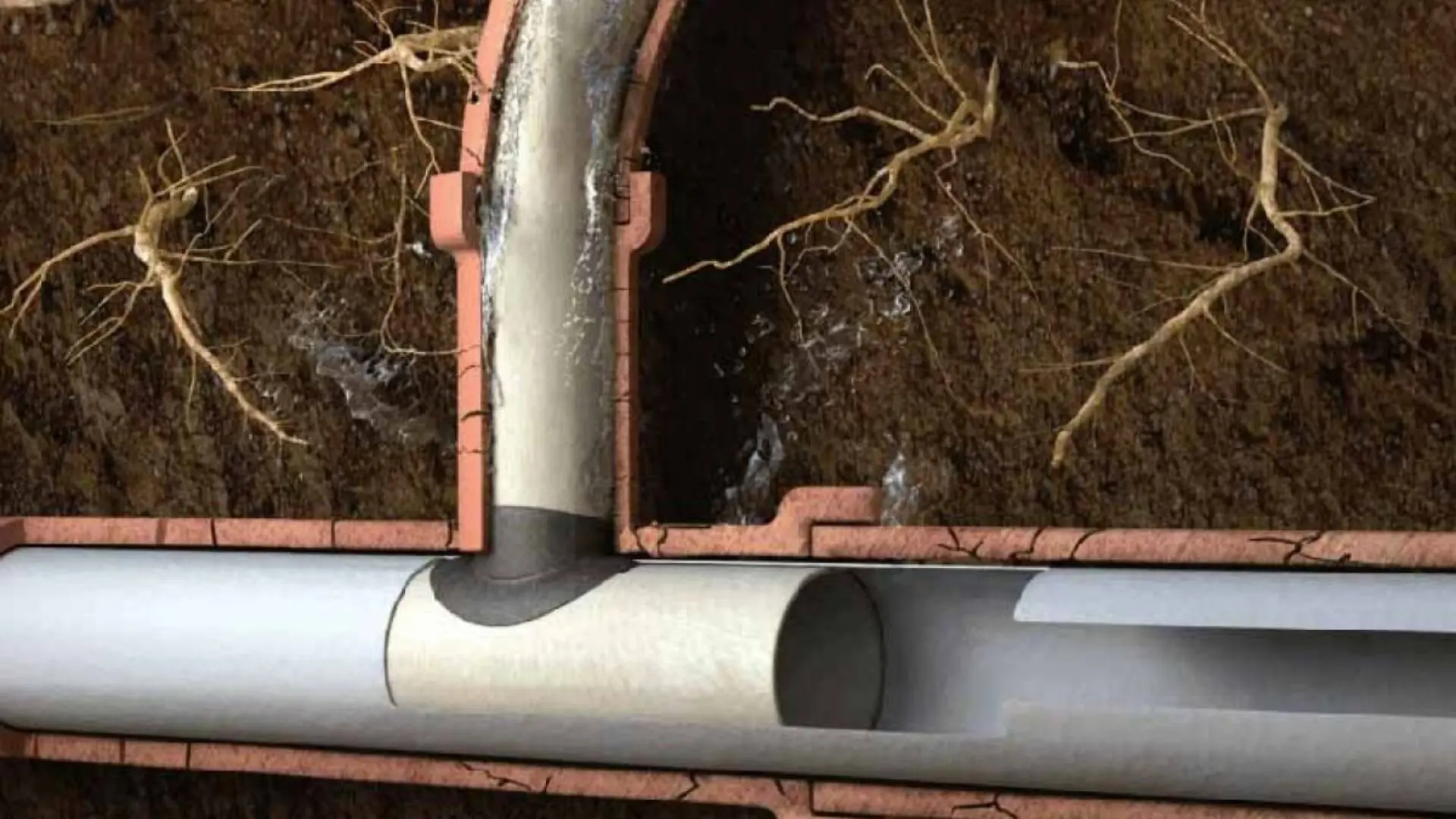
For leaky pipes, sewer pipe relining creates a seamless, waterproof barrier within the damaged pipe, preventing further water loss. In cases of cracked pipes, the relining process effectively seals the breaks, restoring the pipe’s structural integrity. This method is equally effective for smaller-diameter pipes and larger sewer lines.
When dealing with blocked drains, drain relining can smooth out internal pipe surfaces, reducing the likelihood of future blockages and improving flow. Root intrusion, a common issue damaging pipe materials, can be effectively managed through relining, as the new lining prevents tree roots from re-entering the pipe.
Before repairing pipes, plumbers often use a drain camera to assess the damage. This allows for the precise application of relining techniques. Once complete, a final inspection ensures the effectiveness of the repair.
Signs of Damaged Pipes That Might Need Relining
If you’re experiencing any of these issues, your pipes could be damaged and might benefit from relining:
- Slow drains: Draining water takes much longer than usual.
- Frequent blockages: Clogged drains become a recurring problem.
- Unexplained water damage: You notice water stains or mould growth without an obvious source.
- Foul odours: Bad smells emanating from drains could indicate pipe problems.
Don’t Dig It Out, Reline It!
Pipe relining is a brilliant trenchless way to fix damaged pipes—forget about the mess and disruption of digging! This innovative method repairs pipes from within by inserting a flexible lining soaked in resin. Once inflated and cured, the lining hardens, creating a robust new pipe inside the old one. It’s faster, more budget-friendly, and a lot less disruptive than the traditional methods.
Woolf Plumbing is a trusted provider of pipe relining services across Australia. Our experienced plumbers use state-of-the-art equipment to diagnose pipe problems and deliver long-lasting repairs. We understand the importance of a functional plumbing system and strive to minimise disruption to your home or business. Speak with our Woolf Plumbing today for a free quote and expert advice on whether pipe relining is the right solution for you. Let us help you get your pipes back in top shape!


